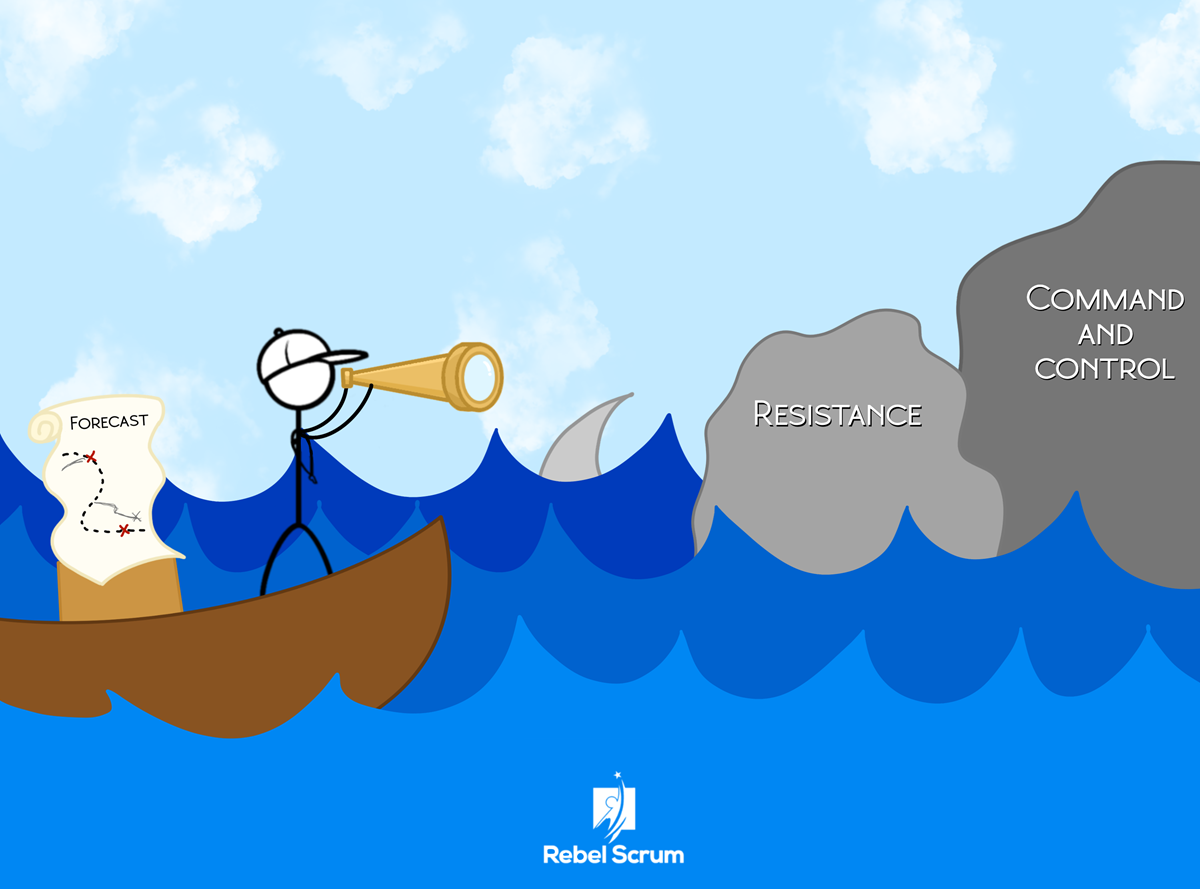Scrum
1M
369

Image Credit: Scrum
There's more to Organizational Agility than the Scrum Guide
- While Scrum framework guides the interactions of Scrum team, it doesn't describe organizational changes that support agility.
- Organizations need to figure out how they can best use Agility within their unique environment.
- Leadership alignment is crucial for Agile teams. Leaders must shift from a command-and-control mindset to a model that empowers and trusts teams.
- Leaders should also empower teams to self-organize, foster accountability, innovation, and a higher level of engagement.
- Leaders should evaluate customer outcomes, value creation, and overall team culture instead of merely measuring success by throughput.
- Leaders should also focus on removing organizational and technical impediments to help their teams perform well in an agile environment.
- Leaders should work to foster open communication, trust, and a willingness to experiment and learn from failure to build a strong team culture.
- An Agile Transformation requires a clear purpose & vision aligned with organizational objectives that serves as a foundation for success.
- Leaders should invest in Scrum training & knowledge sharing to ensure everyone has the knowledge to contribute to a sustainable transformation.
- Ongoing coaching support helps maintain Agile momentum and encourages continuous improvement. Coaches are key to reinforcing practices, answering questions, and providing feedback.
Read Full Article
22 Likes
For uninterrupted reading, download the app